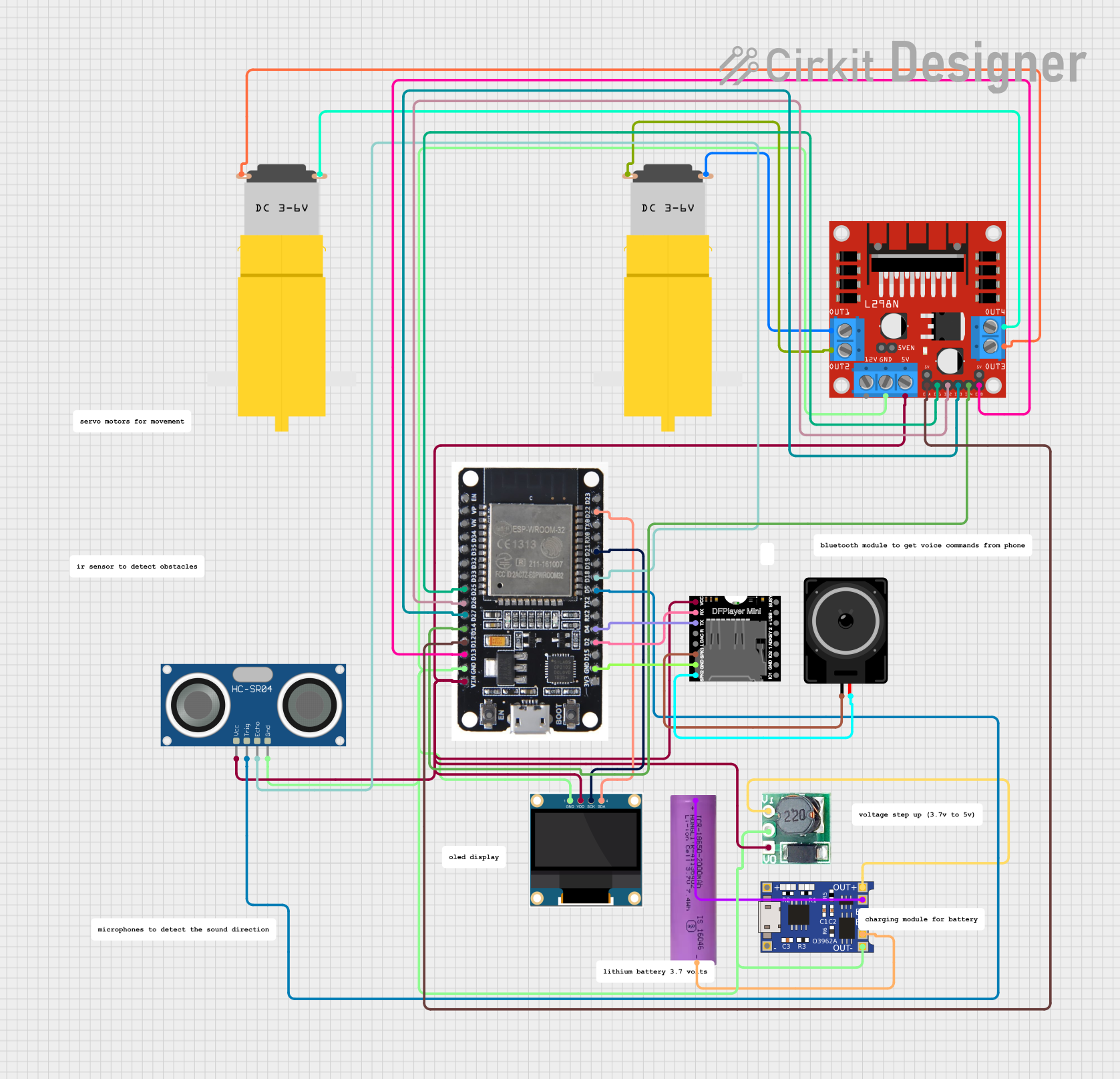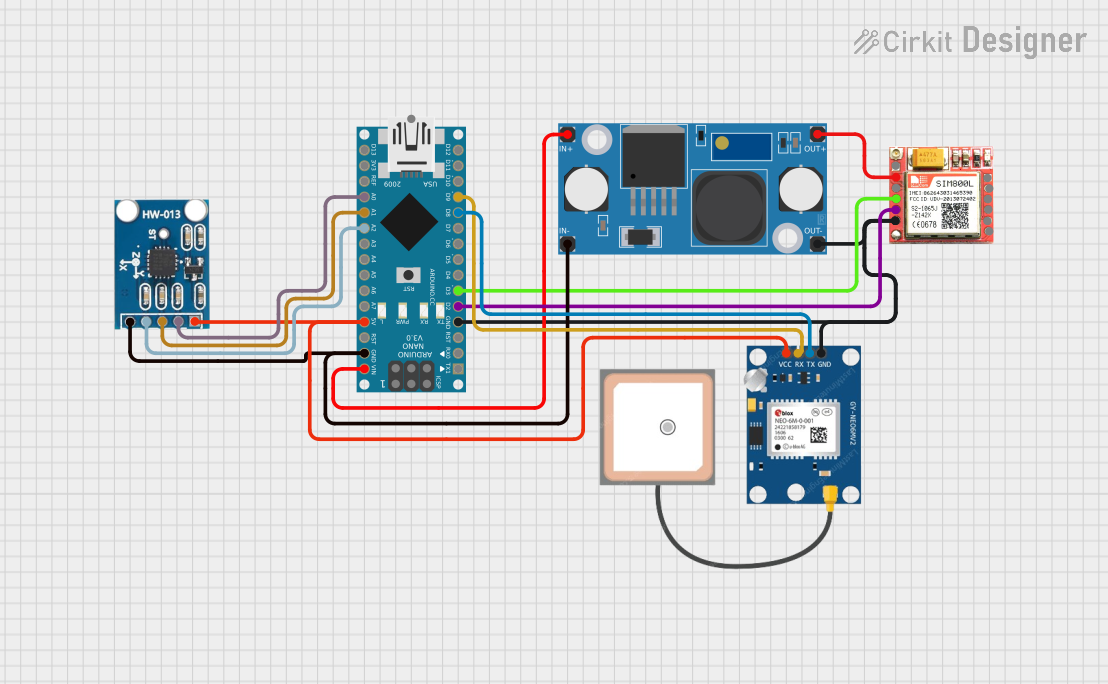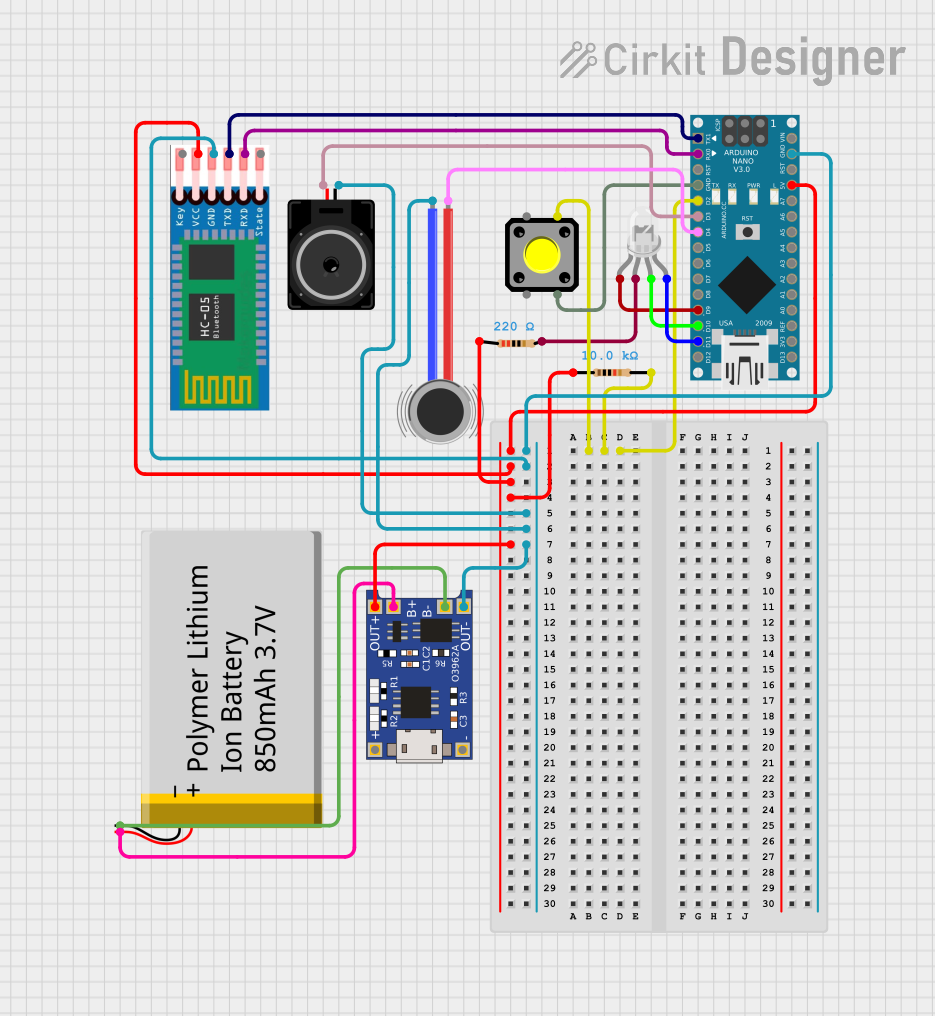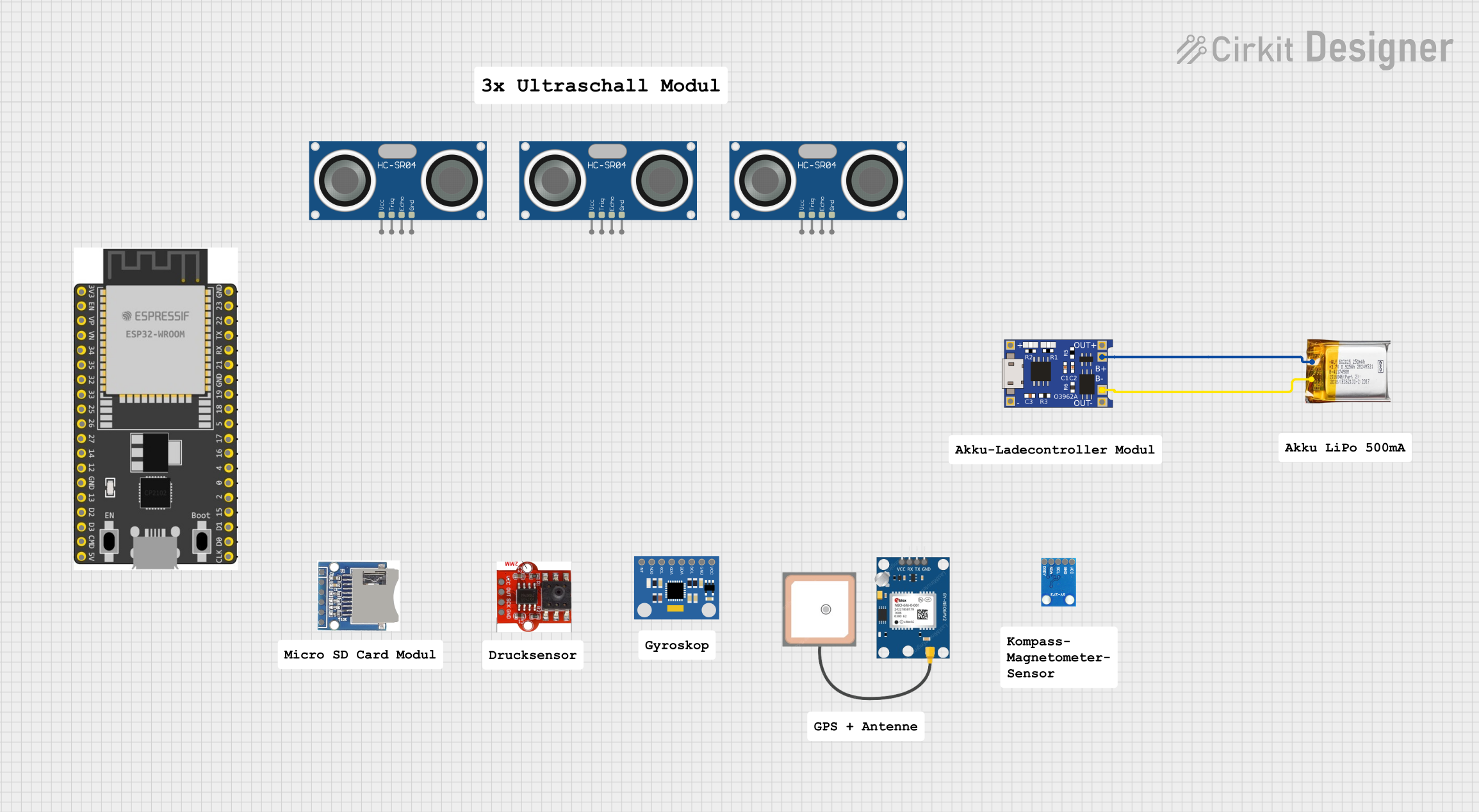
How to Use TLC5940: Examples, Pinouts, and Specs

 Design with TLC5940 in Cirkit Designer
Design with TLC5940 in Cirkit DesignerIntroduction
The TLC5940 is a highly versatile 16-channel PWM (Pulse Width Modulation) LED driver that provides individual 12-bit grayscale control of each channel. This integrated circuit is designed to enable sophisticated control of LED brightness and color mixing, making it ideal for a wide range of applications including LED displays, backlighting, and other lighting projects.
Explore Projects Built with TLC5940

 Open Project in Cirkit Designer
Open Project in Cirkit Designer
 Open Project in Cirkit Designer
Open Project in Cirkit Designer
 Open Project in Cirkit Designer
Open Project in Cirkit Designer
 Open Project in Cirkit Designer
Open Project in Cirkit DesignerExplore Projects Built with TLC5940

 Open Project in Cirkit Designer
Open Project in Cirkit Designer
 Open Project in Cirkit Designer
Open Project in Cirkit Designer
 Open Project in Cirkit Designer
Open Project in Cirkit Designer
 Open Project in Cirkit Designer
Open Project in Cirkit DesignerCommon Applications and Use Cases
- LED displays and signage
- RGB LED color mixing
- Backlighting for LCD screens
- General-purpose LED lighting systems
- Architectural lighting
- Automotive lighting
Technical Specifications
Key Technical Details
- Supply Voltage (VCC): 3.0V to 5.5V
- Output Current (per channel): Up to 120 mA
- Grayscale Resolution: 12-bit (4096 levels)
- Maximum Output Voltage: 17V
- Error Detection: LED Open Detection (LOD)
- Thermal Shutdown: Yes
- Serial Interface: SPI-compatible
Pin Configuration and Descriptions
| Pin Number | Name | Description |
|---|---|---|
| 1 | VCC | Power supply (3.0V to 5.5V) |
| 2-17 | OUT0 to OUT15 | Constant current sink LED outputs |
| 18 | GND | Ground connection |
| 19 | SIN | Serial data input |
| 20 | SCLK | Serial clock input |
| 21 | XLAT | Latch signal input |
| 22 | BLANK | Blanks all outputs when high |
| 23 | GSCLK | Grayscale PWM clock input |
| 24 | DCPRG | Dot correction mode select |
| 25 | VPRG | Programming voltage for EEPROM |
| 26 | SOUT | Serial data output |
| 27 | XERR | Error output flag |
| 28 | IREF | Reference current input |
Usage Instructions
How to Use the TLC5940 in a Circuit
- Power Supply: Connect VCC to a 3.0V to 5.5V power source and GND to the system ground.
- LED Connection: Connect each LED's anode to a positive voltage and the cathode to one of the OUT0 to OUT15 pins.
- Serial Communication: Interface SIN, SCLK, and XLAT pins with a microcontroller for data transfer.
- PWM Control: Use GSCLK to provide a clock signal for grayscale PWM control.
- Blanking: Optionally, use the BLANK pin to turn off all outputs simultaneously.
Important Considerations and Best Practices
- Ensure that the power supply voltage and the LED forward voltages are compatible.
- Do not exceed the maximum ratings for current and voltage.
- Use proper decoupling capacitors close to the VCC and GND pins to minimize noise.
- Implement proper heat sinking if operating at high currents to prevent thermal shutdown.
- Use a resistor on the IREF pin to set the maximum output current for each channel.
Troubleshooting and FAQs
Common Issues
- LEDs Not Lighting Up: Check the power supply and connections. Ensure that the grayscale clock (GSCLK) and latch (XLAT) signals are being provided.
- Uneven Brightness: Verify that the dot correction data has been properly configured.
- Overheating: Ensure adequate heat sinking and airflow around the TLC5940.
Solutions and Tips for Troubleshooting
- Double-check the wiring and solder joints for any shorts or open circuits.
- Use a multimeter to verify the voltage levels at the VCC and OUT pins.
- Ensure that the microcontroller's code is correctly sending data to the TLC5940.
FAQs
Q: Can I daisy-chain multiple TLC5940s? A: Yes, you can connect the SOUT of one TLC5940 to the SIN of the next to expand the number of channels.
Q: How do I set the current for each LED channel? A: The current is set by a resistor connected to the IREF pin. The value of the resistor determines the maximum current for all channels.
Q: What is the purpose of the BLANK pin? A: The BLANK pin turns off all output drivers when set high. This is useful for resetting the LED states or reducing power consumption.
Example Code for Arduino UNO
#include <Tlc5940.h>
void setup() {
Tlc.init(); // Initialize the TLC5940
}
void loop() {
// Set the brightness of channel 0 to full
Tlc.set(0, 4095); // Channel 0, 12-bit max brightness
Tlc.update(); // Update the outputs
delay(1000); // Wait for 1 second
// Turn off channel 0
Tlc.set(0, 0); // Channel 0, 0 brightness
Tlc.update(); // Update the outputs
delay(1000); // Wait for 1 second
}
Note: The above example assumes the use of a library for the TLC5940, such as the Tlc5940 library for Arduino. Ensure that the library is installed and properly included in your project.
Remember to keep code comments concise and within the 80-character line length limit.